Electrical

Airdrop
Electrical
- Tools : Arduino, Python
- Skills : PID Control, Servo Motors
The airdrop is responsible for the storage and release of the payload. Our goal is to securely hold the payload during flight, match specific payloads to their intended target, and drop the payload at the correct position such that we hit our target while in forward flight.
Antenna Tracker
Electrical
- Tools : Arduino
- Skills : GPS, PID Control
The Antenna Tracker maintains a specialty high-fidelity connection with the plane. A GPS coordinate is relayed to the GCS from a different wireless connection, which is then relayed to the antenna tracker. The antenna tracker has its own GPS onboard, and computes the azimuth and elevation angles needed to point from antenna tracker to the plane using some coordinate transformations and trigonometry. The elevation angle is then written to the elevation servo, while the azimuth angle is fed into a PID controller to align the antenna tracker with the setpoint using a magnetometer.
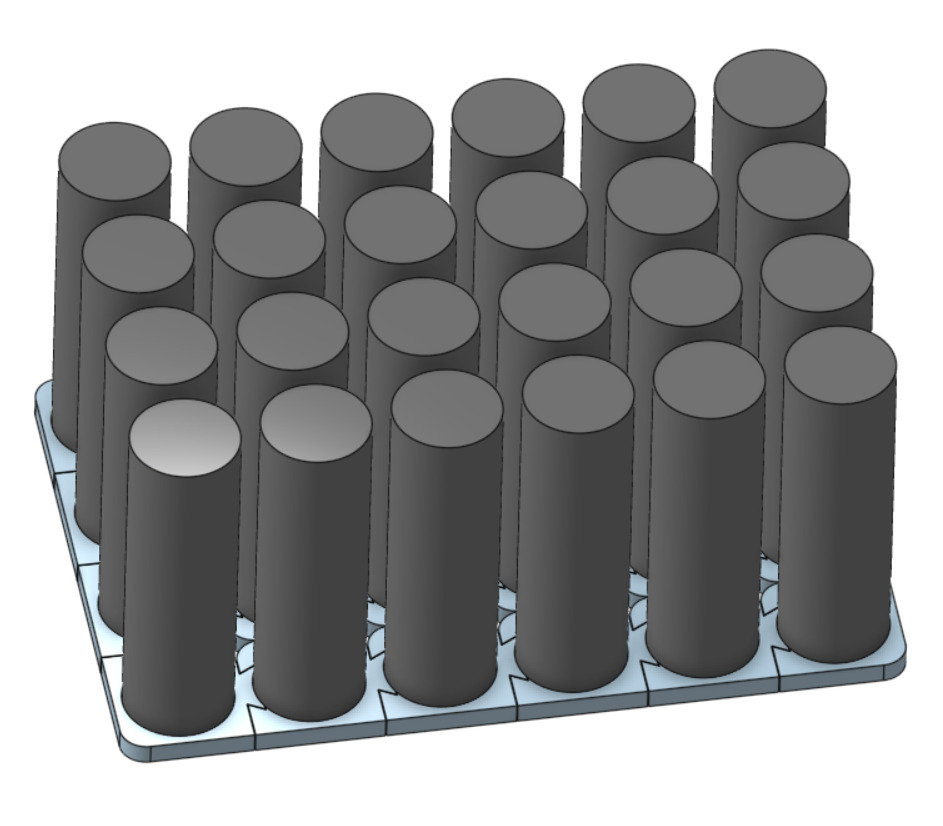
Custom Battery Pack
Electrical
- Skills : Battery Design, Electronics
A custom battery pack enables us to consolidate our batteries into a single physical unit that only requires one connector, takes up less volume, and ideally less weight while maintaining the same power capabilities. The goal is for the battery’s cells to be splittable so we can legally transport them on a plane for competition. Research is preliminary, but promising.
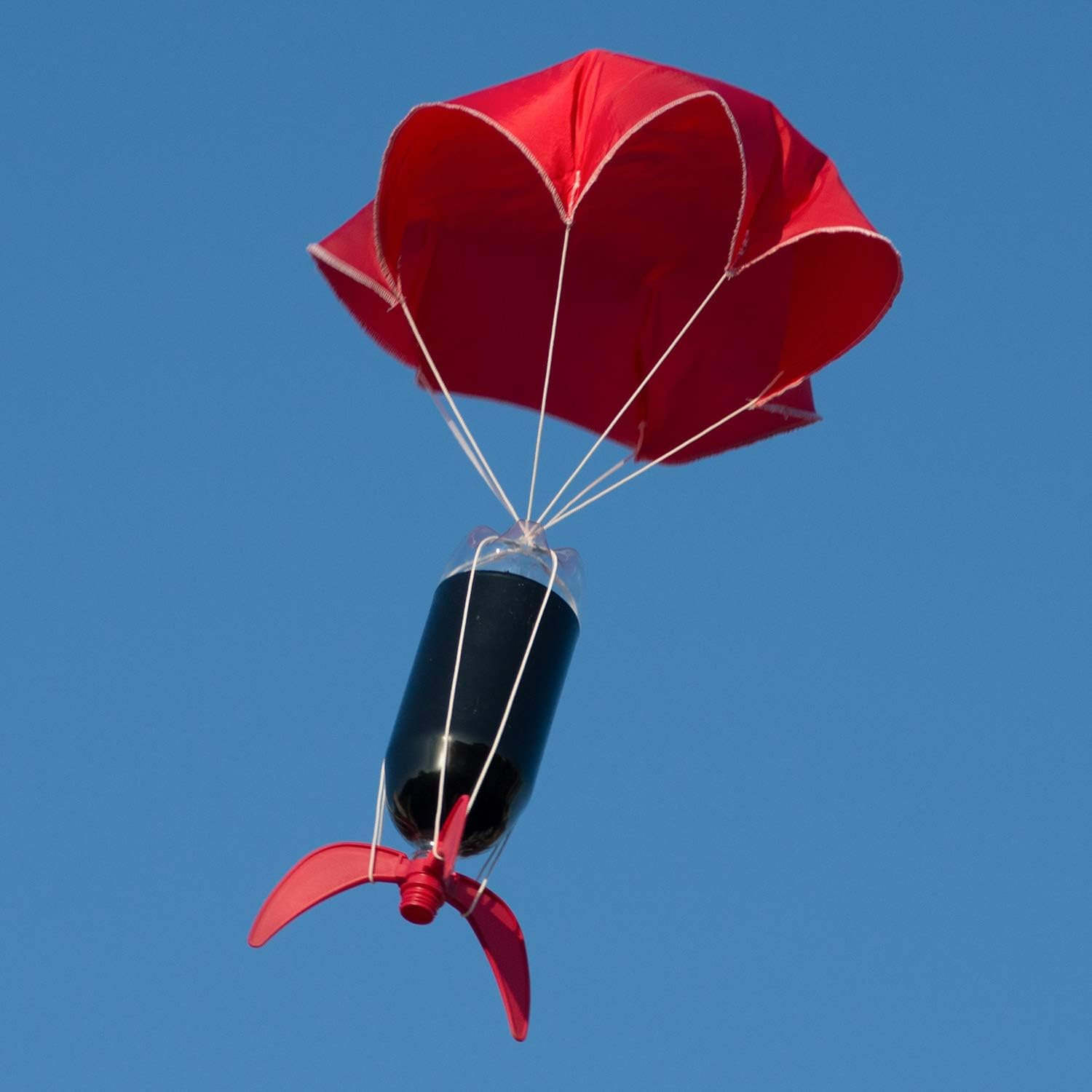
Guided Payload
Electrical
- Tools : C++, ESP32
- Skills : Controls
The Guided Payload aims to improve airdrop accuracy by using servos to steer the water bottle’s parachutes towards the target on the ground. Once in the air, the flight controller will send the drop coordinates of a target to the bottle over WiFi. The bottle will be released, at which point the ESP32 will run a control algorithm to calculate how much to pull the parachute’s strings so the bottle falls towards the target’s coordinates.

Powerboard
Electrical
- Tools : Altium Designer
- Skills : PCB Design Power electronics
The power distribution board addresses the differing power needs of each electronic component on the plane, stepping voltage up or down correspondingly. Having a powerboard simplifies wiring by eliminating the several buck/boost converters scattered throughout the plane, and creates a modular plug-and-play design.

Signals Board
Electrical
- Tools : Arduino, C
- Skills : MAVLink, Electronics, Serial/CAN communication
The signals board is our plane's sensor extension, enabling us to collect data from sensors not built into the Pixhawk flight controller. The most important data it collects is temperature data from the ESC, batteries, and air inside the plane to warn us of potential overheating during flight. We are in the process of adding current measurements to provide real-time power usage during flight. Adding a sensor involves first writing the code to collect data with the Arduino, and once that is done wrapping the Arduino code in the C MAVLink library so that the Arduino can communicate with the Pixhawk over Serial connection.
Mechanical

Camera Gimbal
Mechanical
- Tools : Solidworks
- Skills : 3D printing, Servos
The Camera Gimbal securely houses and stabilizes our camera in the fuselage. It also provides a two axis mechanism to allow the camera to pitch - ensuring the camera points at the ground regardless of the plane's pitch and roll.
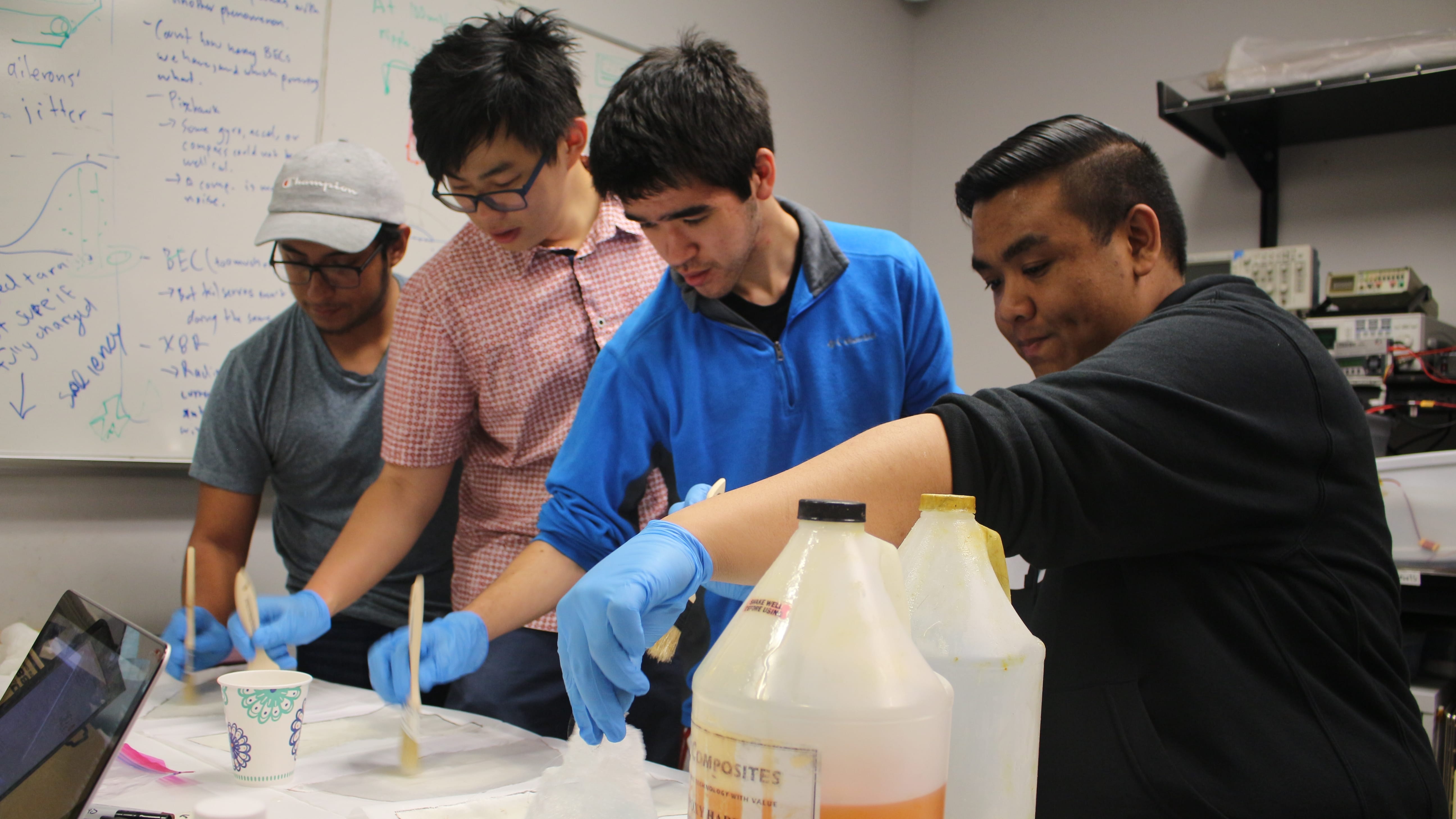
Manufacturing
Mechanical
- Skills : Wet-Composite layup, laser cutting, 3D printing, CNC hot wire cutting, Structures, manufacturing techniques and processes
Manufacturing takes the designs from the optimization program and brings them to life. We create everything from scratch, from the skin with layup carbon fiber or fiberglass, to the interior structure with laser cut plywood, and to the foam molds that create the shape of the entire aircraft.
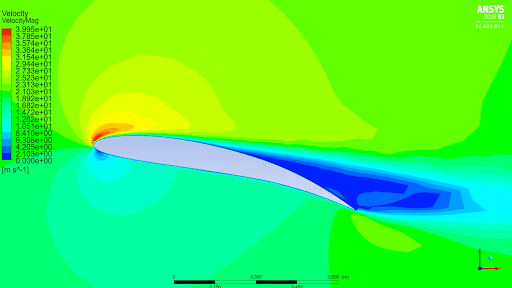
New Plane Design
Mechanical
The team is creating a new flight platform for the changing requirements of the SUAS competition. Using both in house and commercial analysis software (e.g. XFoil and Ansys), the team will be able to create the most efficient airframe while also accomidating electrical and software requirements.
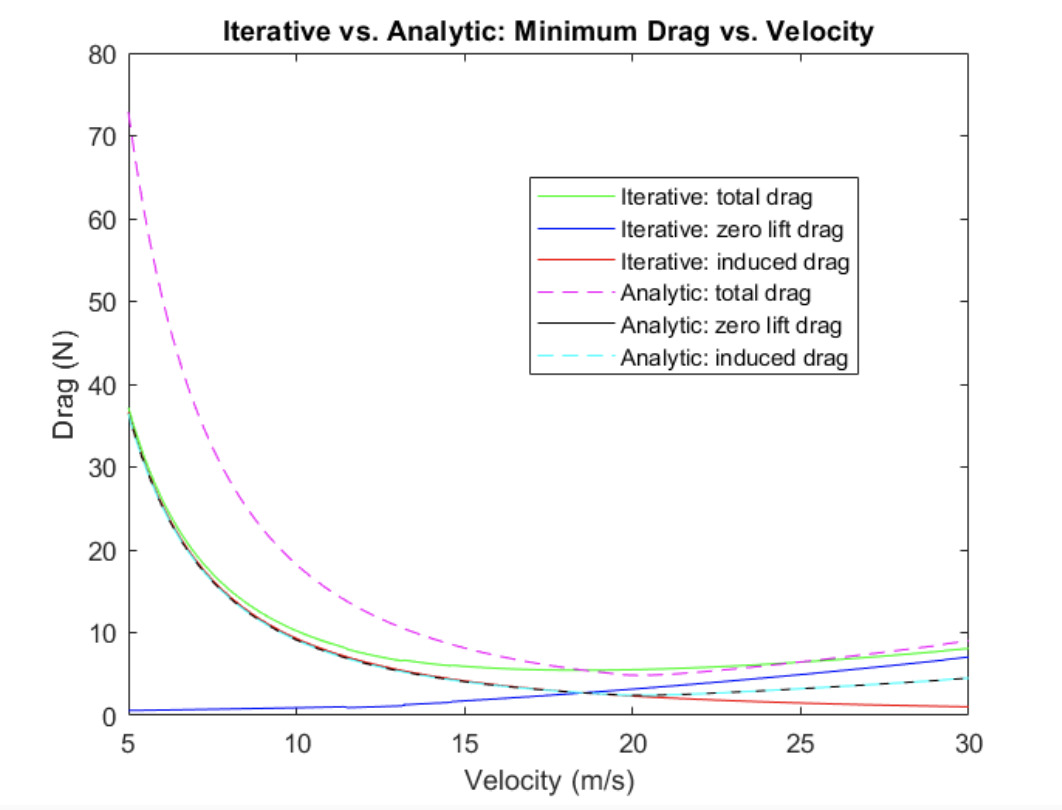
Optimization
Mechanical
- Tools : MATLAB
- Skills : Structural and Aerodynamic analysis, Gradient Based Optimization
Through the use of MATLAB TUAS Optimization members are able to apply gradient based optimization methods to enhance the competition aircrafts design and manufacturing. Based on competition parameters and flight constraints our team will seek to find ways to identify the most efficient, lightweight, and structurally sound aircraft design that can achieve all required tasks. As a result, material usage is minimized and flight performance is maximized for our yearly missions!
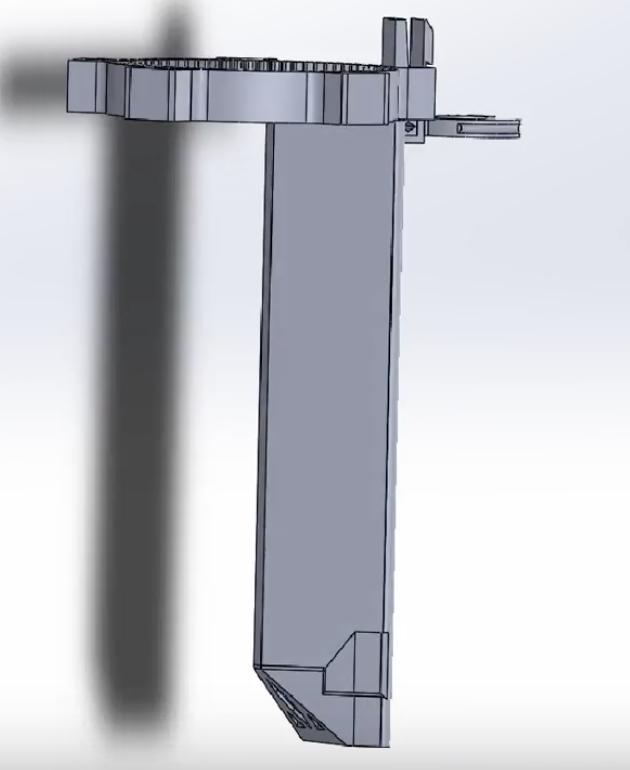
Parachute
Mechanical
- Tools : Solidworks
- Skills : 3D Printing, Aerodynamics
The parachute is designed to allow for a soft landing, guidance, and is packaged so that the airdrop mechanism is compact and reliable.
Software
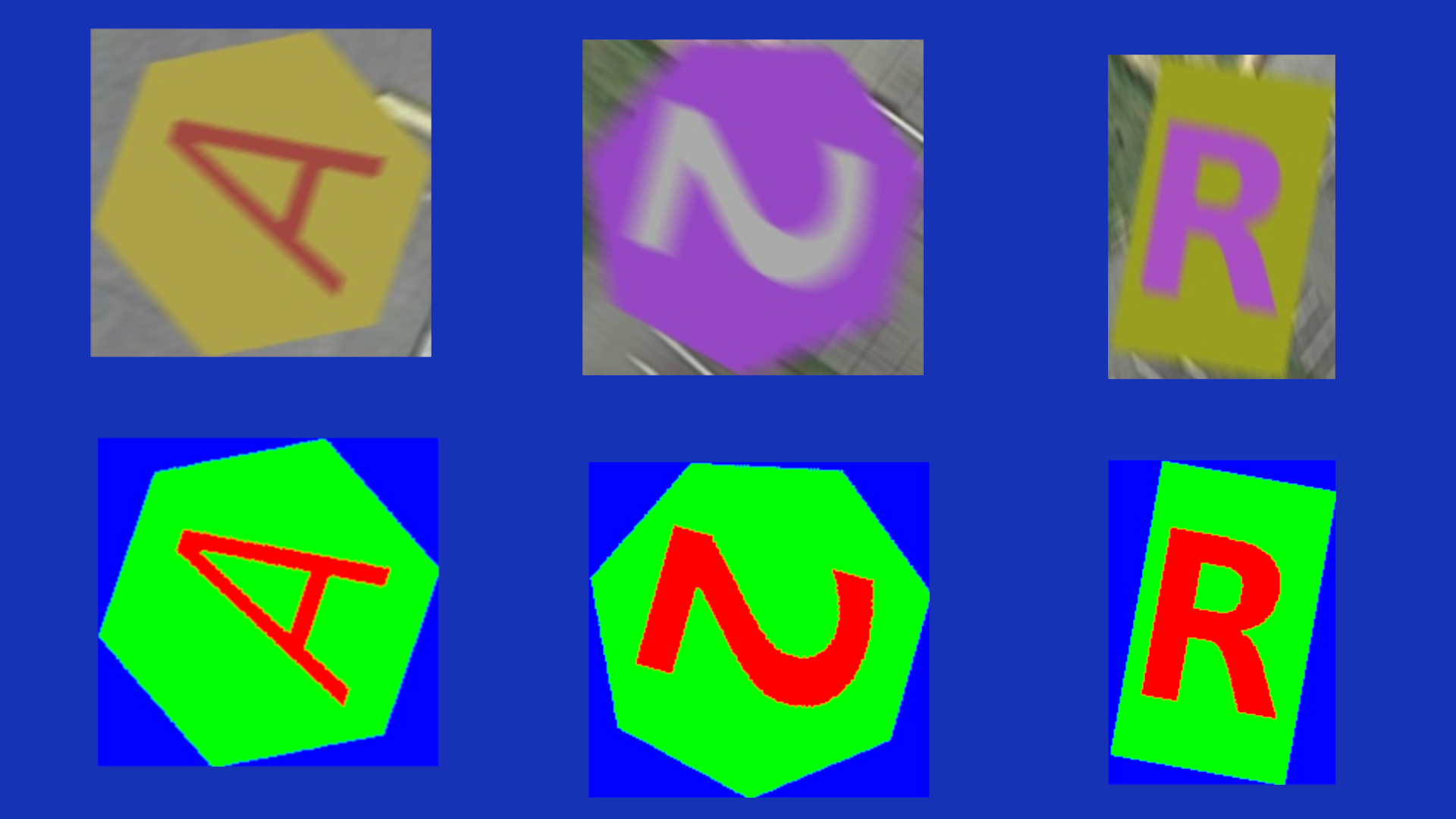
Dataset Generation
Software
- Tools : Python
- Skills : Data Augmentation
Dataset Generation is what powers the training and testing of many of our Computer Vision models. It is crucial for us to have data that is realistic and lines up with the competition standards.
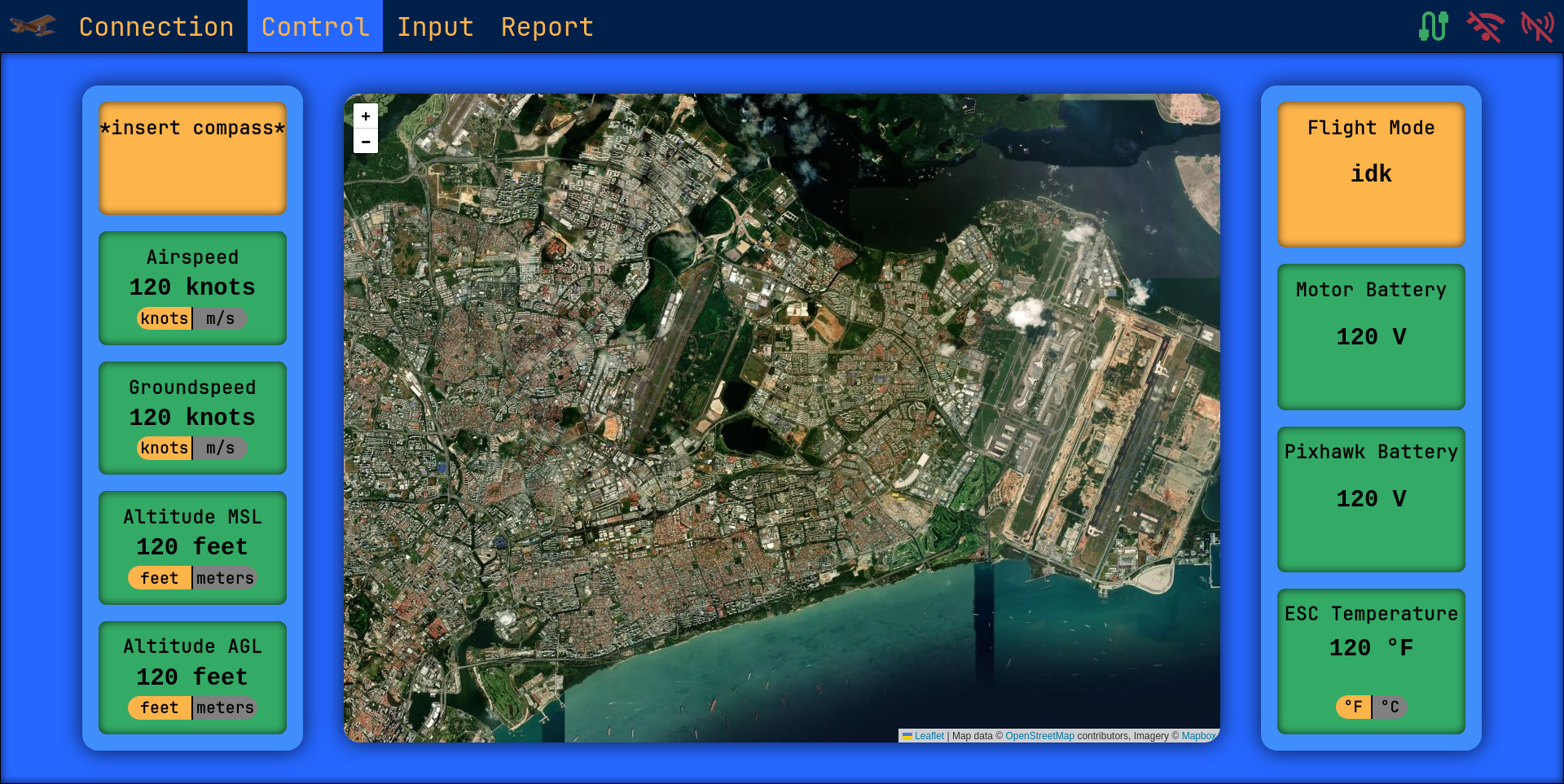
GCS
Software
- Tools : Go, React, CSS, JavaScript, Docker, InfluxDB, Grafana
- Skills : Frontend/Backend web development, HTTP/Networking
The ground control station (GCS) is comprised of a frontend web application and a backend web server. The frontend is used to monitor and interact with plane in order to fulfill mission objectives. The backend is responsible for communicating between our various software systems and presenting information to the frontend.
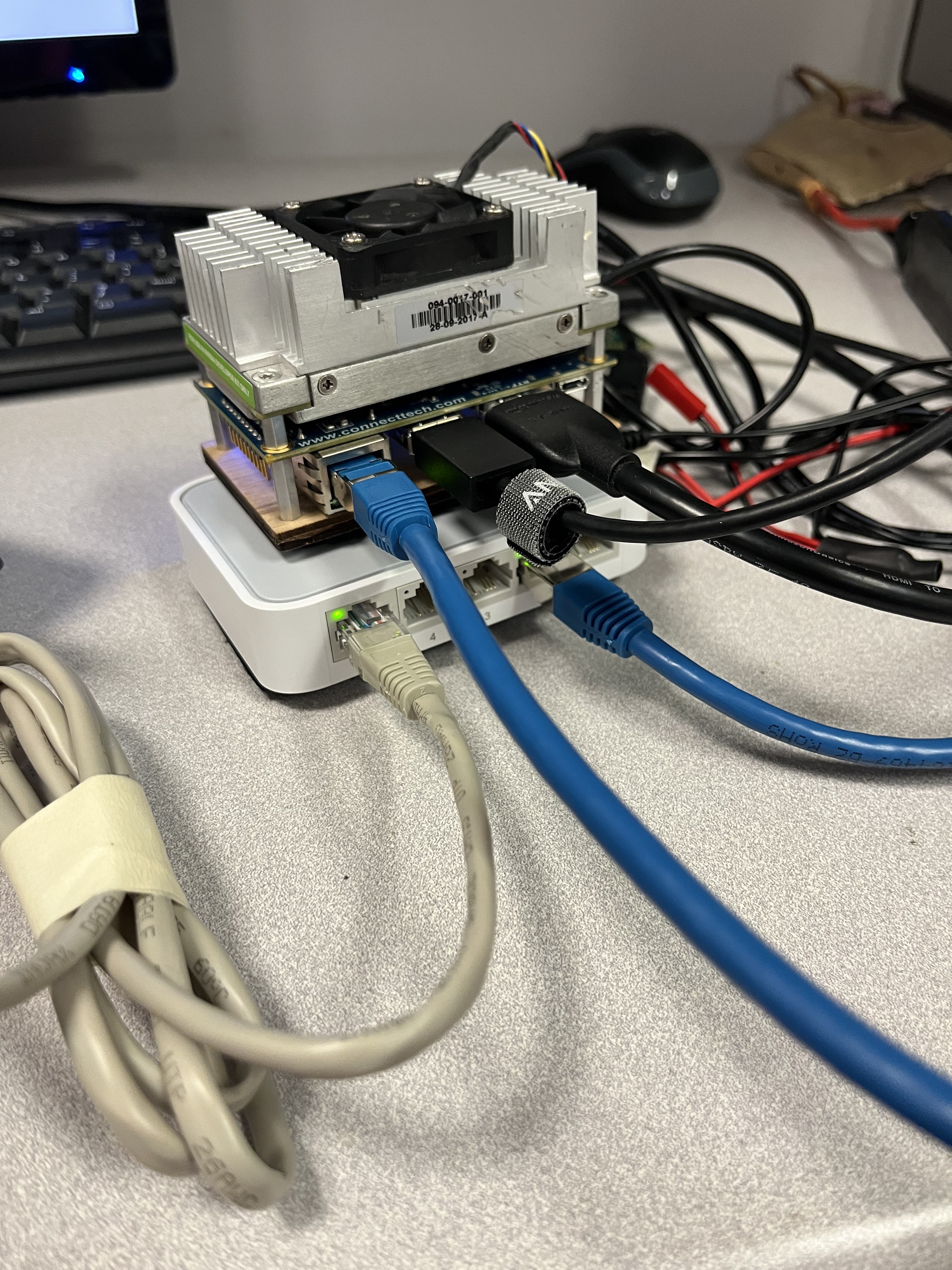
OBC
Software
- Tools : C++
- Skills : Path Planning, Computer Vision, HTTP/Networking, Concurrency
The Onboard Computer (OBC) interfaces with various components on the plane and controlling the state of mission tasks. It is responsible for generating autonomous way-point missions and sending them to the flight controller. The OBC also communicates with the camera on the plane to take images of competition ground targets. Here, these images are fed through our entire computer vision pipeline and processed in order to assign payloads to targets and locations.
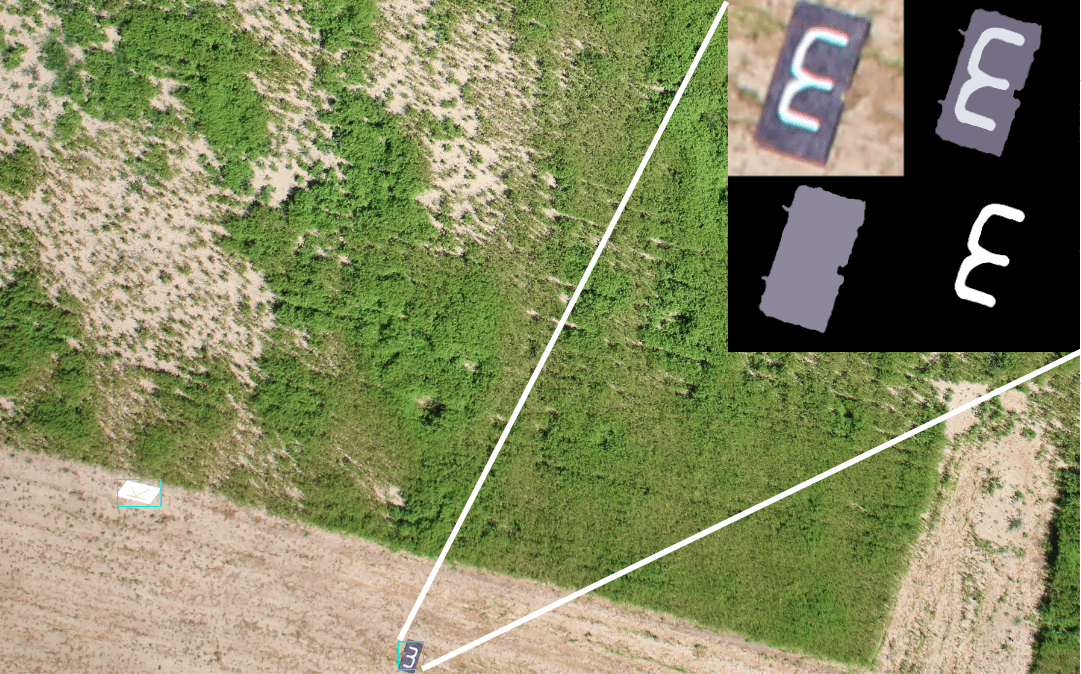
ODLC (CV Pipeline)
Software
- Tools : Python, PyTorch, Jupyter
- Skills : Computer Vision, Deep Learning, Object Detection, Segmentation, Classification
The ODLC pipeline is responsible for detecting and classifying competition targets. The images from the camera undergo multiple stages of the pipeline where the targets are cropped out and classified. There is also a localization stage which assigns a geolocation to each of the competition targets (for usage in the airdrop task).
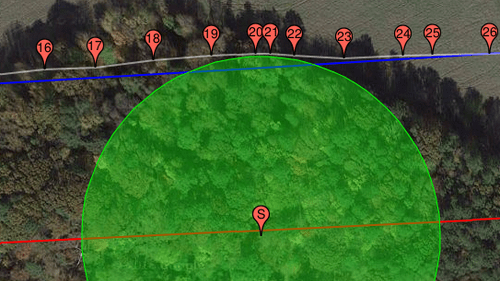
Path Planning
Software
- Tools : C++
During the competition, our plane must accurately hit a series of waypoints and cover a specified search area while avoiding other UAVs in the air. To accomplish this task we develop a robust path planning system that uses Dubins' curves to plan obstacle free paths a fixed wing plane can navigate, and also modify the waypoint navigation controller of the Ardupilot autopilot to perform dynamic obstacle avoidance.